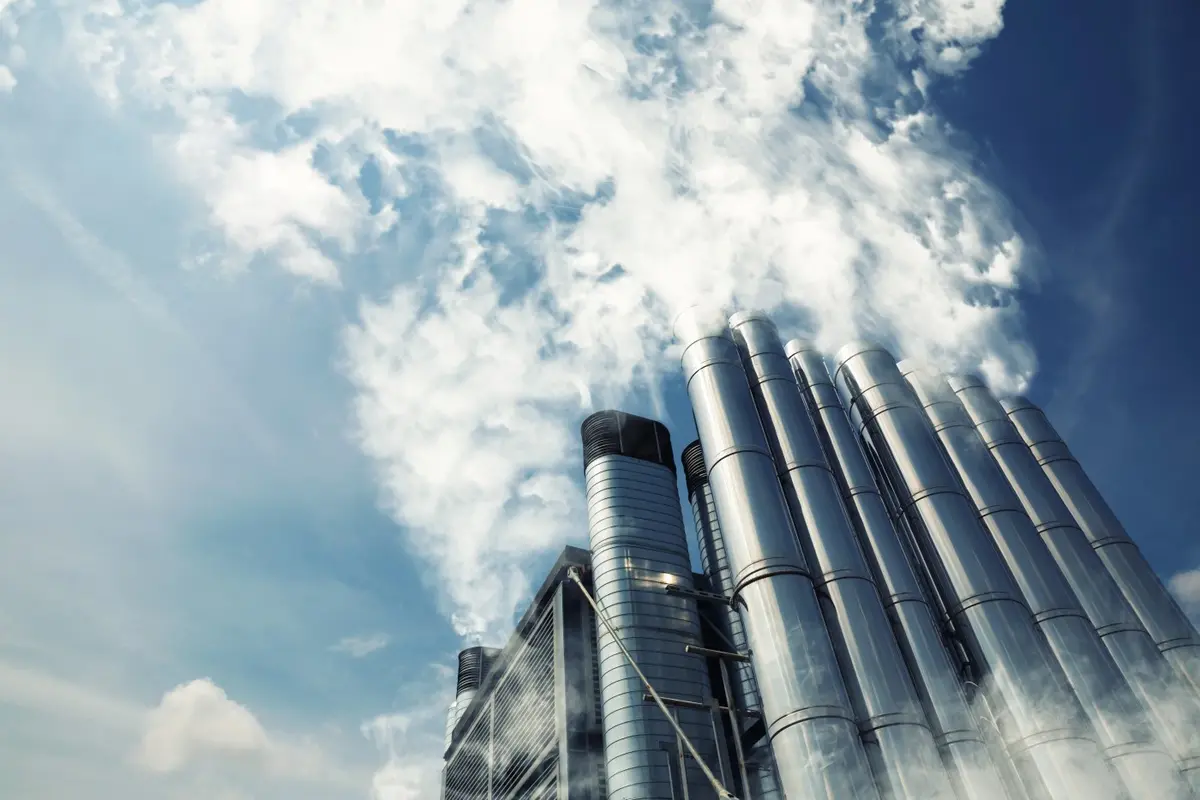Flue gas measurement, also commonly referred to as emission measurement, involves the processes of sampling, analyzing, and measuring emissions from high chimneys located on the rooftops of industrial facilities or as standalone structures. This procedure is essential to ensure compliance with environmental regulations and prevent pollution.
The initial measurement is conducted during the environmental permitting phase, followed by routine measurements every two years. The repetition of these emission confirmation measurements and the validity period of the emission measurement report are specified in the Industrial Air Pollution Control Regulation.
Conducting Flue Gas Measurement
Flue gas measurement is carried out following national and international standards. These standards focus on analyzing the stacks within the facility that release gases potentially causing pollution. The regulation outlines various chemical pollutants and their corresponding limit values in its Appendix-1 and Appendix-5. If there are pollutants specific to the process, the measurement report must demonstrate compliance with the limit values specified for those pollutants in the stack.
When and Why is Flue Gas Measurement Necessary?
Generally, flue gas measurement is a requirement under environmental legislation, primarily for obtaining an environmental permit. It may also be required by institutions or companies to demonstrate that the firm does not pollute the environment, especially for companies exporting goods abroad. Additionally, municipalities may require flue gas measurement in response to complaints.
Preparing for Flue Gas Measurement
To conduct flue gas measurement, it is essential to know the stack list and measurement parameters. Facilities unfamiliar with these parameters can seek support from AEM Laboratory or similar environmental laboratories, environmental consulting firms, or environmental engineers knowledgeable on the subject. With this list, applications for measurements required under the environmental permit can be submitted to MELBES (Environmental Measurement and Monitoring System).
Applications must be made at least 30 days before the desired measurement date. Upon the customer’s request, the initial measurement should commence within 20 days after the laboratory is assigned by MELBES. For measurements outside the scope of environmental legislation, contact can be made with AEM Laboratory, which is authorized by TURKAK and the Ministry of Environment and Urbanization.
Preliminary Field Survey
Before conducting flue gas measurement, a preliminary field survey should be carried out. Some stacks may require inspection and modifications before measurement. Adjustments such as creating sample holes, raising the height of the stack cap, and other changes may be necessary to meet the conditions explicitly stated in the Industrial Air Pollution Control Regulation and measurement standards.
In situations where access to the required measurement point is unsafe or hazardous, alternative methods to reach sample holes may be employed. This can include installing measurement platforms, erecting mobile scaffolds, or hiring cranes. After the survey, information on non-compliant stacks and conditions should be provided, and the facility should prepare for the measurement day.
Scheduling and Reporting
To conduct emission measurements within the scope of environmental legislation, it is necessary to enter the measurement program into the system established by the Ministry of Environment and Urbanization. The earliest appointment for a measurement plan can be scheduled five days in advance. Additionally, various information and documents are required for reporting after the measurement. The reporting duration varies depending on the size of the facility, the number of stacks, and the types of parameters measured.
Parameters and Services Offered by AEM Laboratory
AEM Laboratory provides a comprehensive range of services for flue gas measurement, including:
- Dust
- Combustion gases
- Soot
- Volatile Organic Compounds (VOC)
- Total Organic Carbon (TOC)
- Dioxins/Furans (PCDD/F)
- Heavy metals
- Inorganic chlorine
- Inorganic fluorine
- Ammonia
- Polycyclic Aromatic Hydrocarbons (PAH)
- Formaldehyde
- Hydrogen sulfide
- Sulfuric acid
- Phosphoric acid
Regular flue gas measurement is crucial for maintaining environmental compliance and ensuring that industrial emissions do not exceed the regulatory limits. By adhering to the standards and conducting regular measurements, facilities can demonstrate their commitment to environmental protection, thus ensuring a cleaner and healthier environment.




